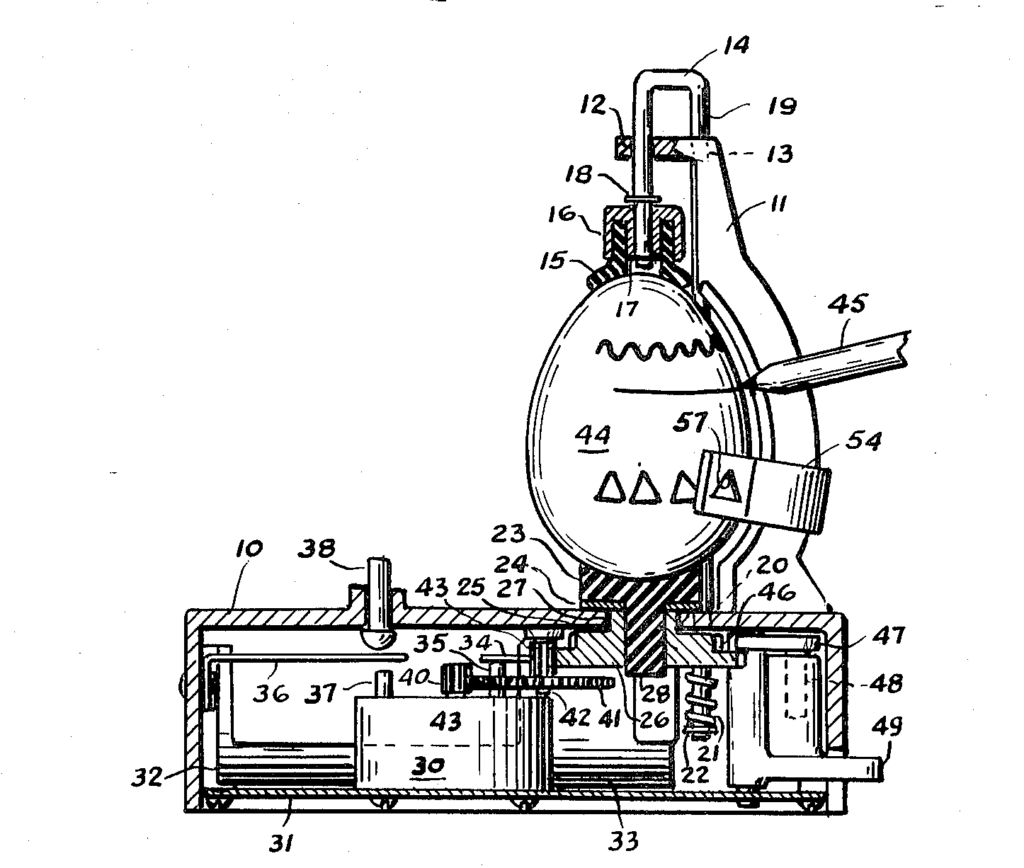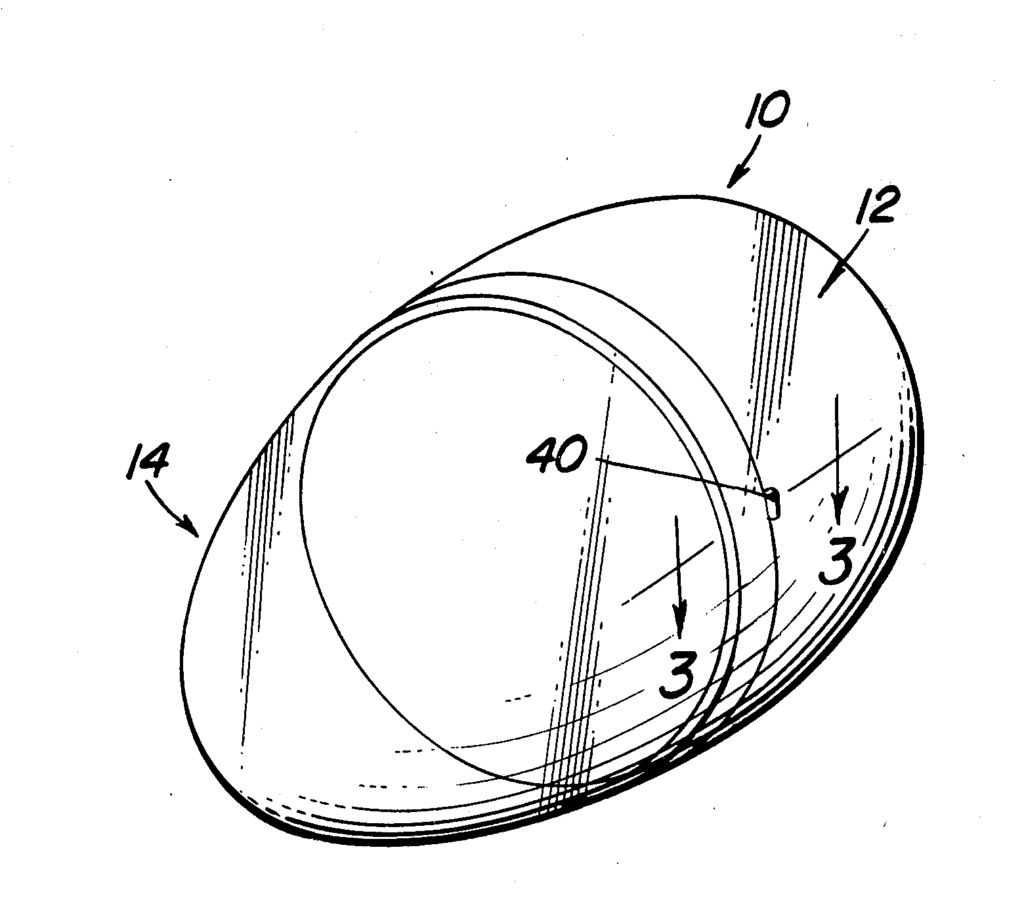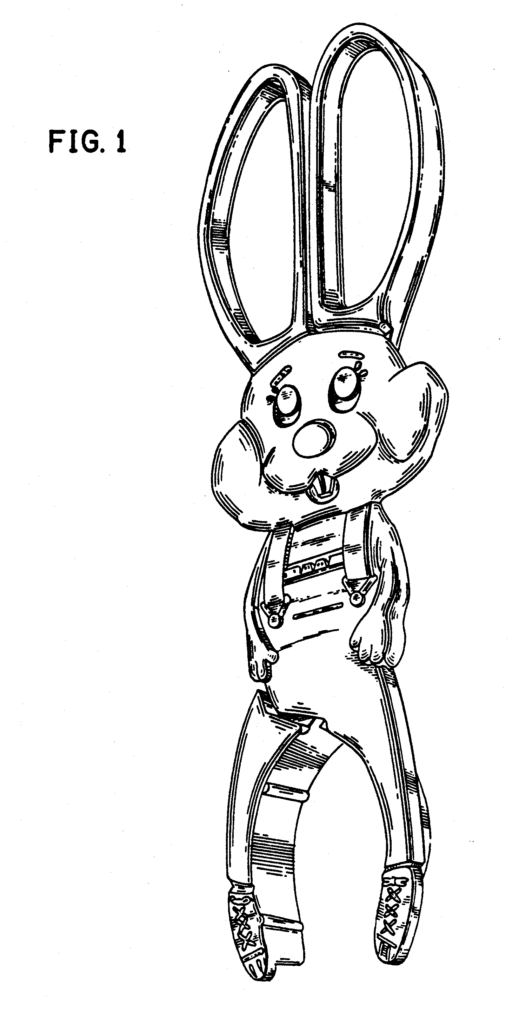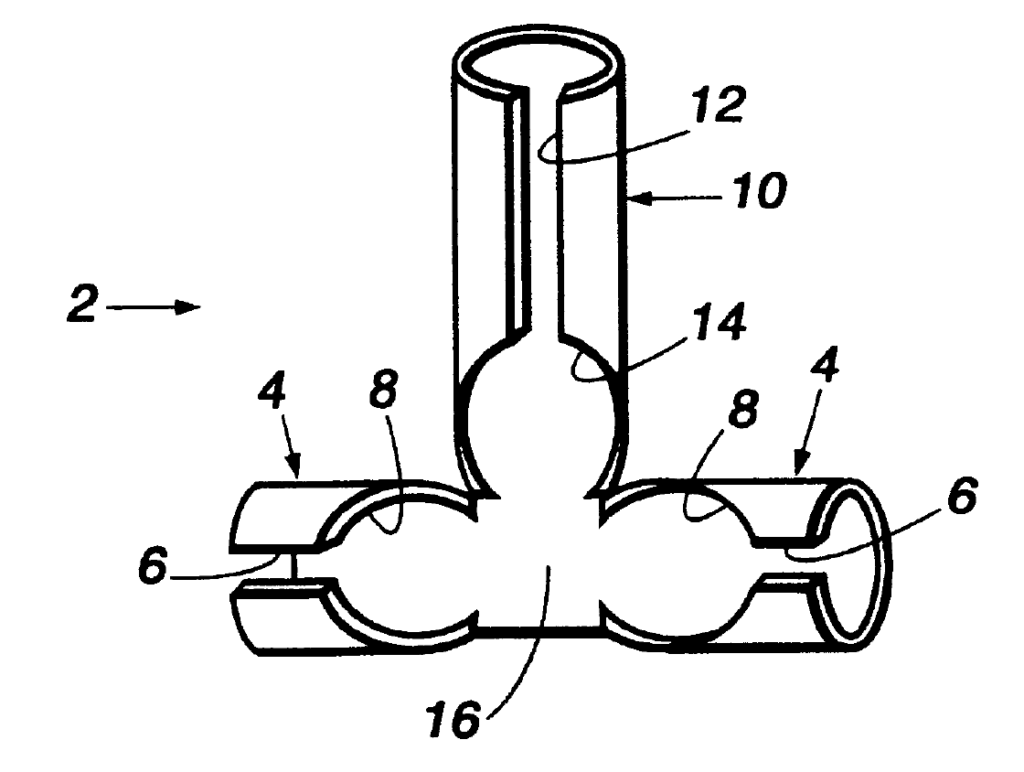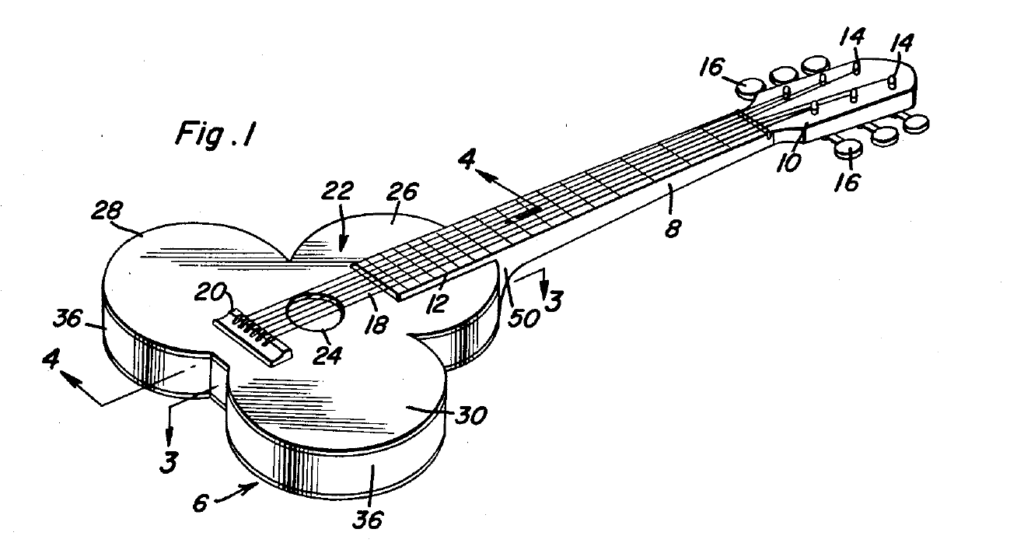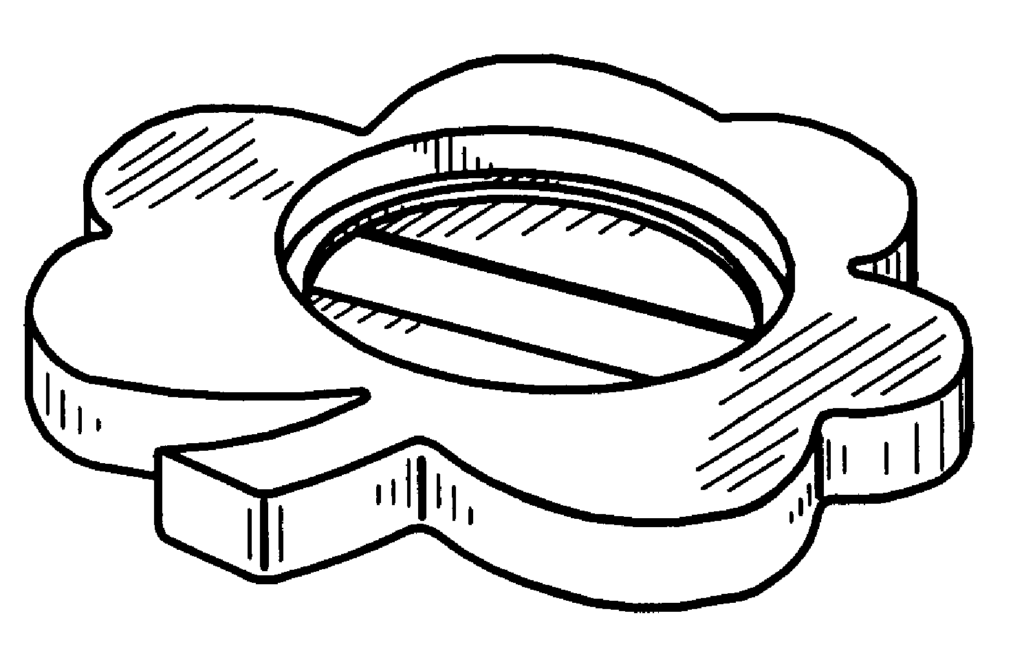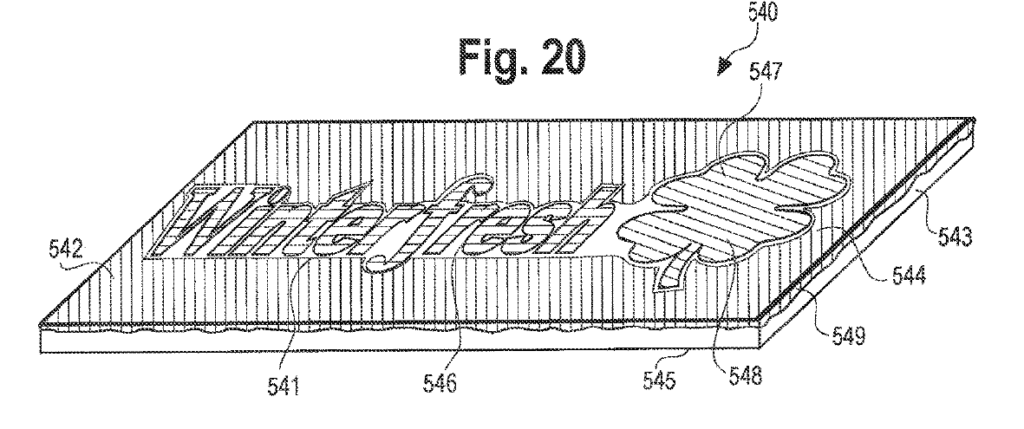In Trimble Inc., Innovative Software Engineering, LLC, v. Perdiemco LLC, [2019-2164] (May 12, 2021), the Federal reversed the dismissal of Trimble’s declaratory judgment noninfringement action against PerDiemCo LLC for lack of personal jurisdiction.
Base upon Red Wing Shoe Co. v. Hockerson-Halberstadt, Inc., 148 F.3d 1355 (Fed. Cir. 1998), the United States District Court for the Northern District of California held that it would be unreasonable to assert personal jurisdiction over PerDiemCo based on its communications to Trimble in California. However the Federal Circuit concluded that Red Wing does not preclude personal jurisdiction on the facts of this case and that the district court had personal jurisdiction over PerDiemCo.
PerDiemCo’s current sole owner, officer, and employee is Robert Babayi. He lives and works in Washington, D.C. PerDiemCo rents office space in Marshall, Texas. Mr. Babayi has never visited the rented space, and PerDiemCo has no employees in Marshall. In October 2018, Mr. Babayi, on behalf of PerDiemCo, sent a letter to ISE in Iowa accusing ISE’s products and services of using technology covered by at least PerDiemCo’s electronic-logging-device patents. The letter also explained that PerDiemCo actively licences its patents and listed at least ten companies that had entered into nonexclusive licenses after the companies had “collectively spent tens of millions of dollars in litigation expenses.” Attached to PerDiemCo’s letter was an unfiled complaint for the Northern District of Iowa, which asserted nine of PerDiemCo’s patents against ISE’s products and services, and a claim chart that provided further detail re-garding the alleged infringement. The letter also offered ISE a nonexclusive license to PerDiemCo’s patents, proposed that the parties engage in negotiations, and attached a draft nondisclosure agreement to facilitate the parties’ discussions. The parties entered negotiations, during which PerDiemCo communicated with Trimble via letter, email, or telephone at least twenty-two times. In this correspondence and telephone calls, PerDiemCo threatened to sue Trimble for patent infringement in the Eastern District of Texas and identified counsel that it had retained for this purpose.
In Red Wing Shoe Co. v. Hockerson-Halberstadt, Inc., 148 F.3d 1355 (Fed. Cir. 1998), the Federal Circuit states that a patentee should not subject itself to personal jurisdiction in a forum solely by informing a party who happens to be located there of suspected infringement because grounding personal jurisdiction on such contacts alone would not comport with principles of fairness, The Fedeal Circuit noted three subsequent developments that have clarified the scope of Red Wing.
First, the Supreme Court cases following Red Wing have made clear that the analysis of personal jurisdiction cannot rest on special patent policies. Second, the Supreme Court has held that communications sent into a state may create specific personal jurisdiction, depending on the nature and scope of such communications. Third, the Supreme Court’s recent decision in Ford has established that a broad set of a defendant’s contacts with a forum are relevant to the minimum contacts analysis.
Given these developments and consistent with the Supreme Court’s instruction to treat “isolated or sporadic [contacts] differently from continuous ones,” the Federal Circuit concluded that Red Wing remains correctly decided with respect to the limited number of communications involved in that case. However, there is no general rule that demand letters can never create specific personal jurisdiction. The Federal Circuit said the central question under Red Wing is now whether a defendant’s connection to a forum is sufficient to satisfy the minimum contacts or purposeful availment test and, whether the exercise of jurisdiction con-forms to the due process and fairness criteria of precedent. The Federal Circuit concluded that the minimum contacts or purposeful availment test was satisfied
The Federal Circuit said that PerDiemCo thus has not made a compelling case that the presence of some other considerations would render jurisdiction unreasonable, and it reversed the district court’s order finding a lack of personal jurisdiction and remanded for further proceedings.

